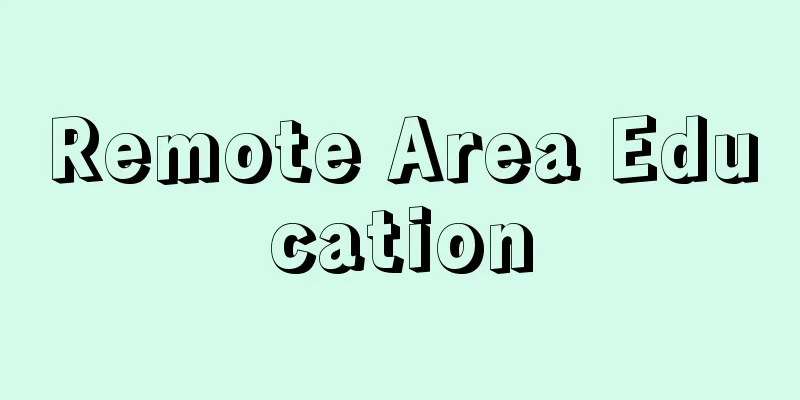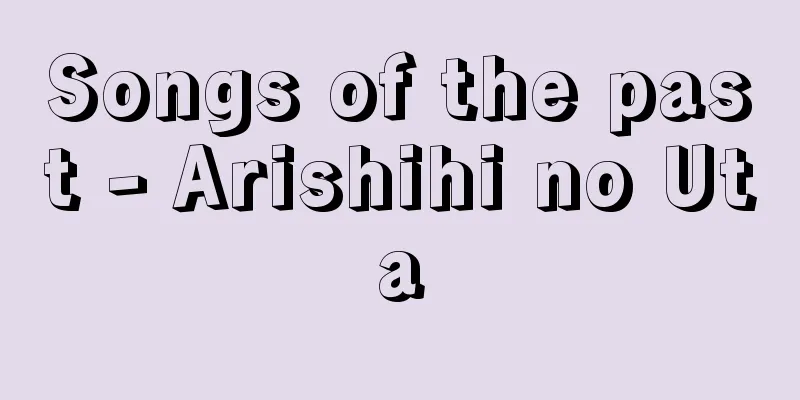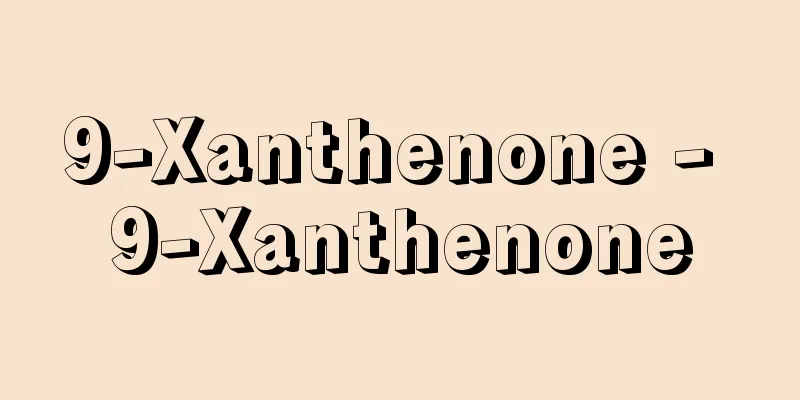Remote Area Education

|
Generally speaking, a remote area is a remote region far from a city that is a cultural center, and remote area education refers to the education that takes place there. However, when discussing remote area education in the context of education, it refers to "education in remote areas" and "remote area schools" based on the "Remote Area Education Promotion Act" (Act No. 143 of 1954). The law defines "remote schools" as "public elementary and junior high schools located in mountainous areas, remote islands, and other areas with poor transportation, natural, economic, and cultural conditions" (Article 2), and aims to promote "remote schools" and "schools equivalent to these" as specified by prefectural ordinances, thereby improving the level of education in remote areas. "Remote schools" are classified into quasi-, first, second, third, fourth, and fifth grades, from lowest to highest, based on the total of a standard score and additional points that indicate the degree of remoteness, and about 20% of elementary and junior high schools are "remote schools." The number of such schools is decreasing year by year, but this does not mean that remote areas have disappeared or that the educational problems of "remote schools" are being resolved. Even if a school is not designated as a "remote school," or even if the total of the standard score and additional points has decreased and the school is no longer classified as a "remote school," there are schools that are based in a highly remote local community. Characteristics of rural communities include remoteness, cultural stagnation, economic poverty, social isolation, and educational underachievement. [Shintaro Iwashita] Goals of remote area education Many schools in remote areas are struggling with the following five points: These educational goals were born out of a desire to look at the conditions in remote areas and the actual conditions of the children and students, and to wish for the future happiness of children and the development of the region, which means that they are not just meant to respond to the educational issues of remote areas, but are also extremely important educational goals that go beyond remote areas and are compatible with the characteristics of modern education. For remote area schools, there are always issues such as improving facilities and equipment, streamlining teacher personnel affairs, improving teacher work, establishing training conditions, eliminating multi-grade classes, and developing teaching methods, but without a proactive approach to the educational issues of the region, remote area schools and education in remote areas cannot be expected to be successful. [Shintaro Iwashita] OutlookAlthough the term "remote area schools" is used in general terms, their actual situations are extremely diverse. Some schools have various problems specific to education in remote areas, but on the other hand, there are also dream-like schools that have been supported by a detailed cooperative system among related parties that has been cultivated over a long period of time, which is difficult to find in normal schools, and have successfully achieved many of the goals of education in remote areas mentioned above. In addition to the "Remote Area Education Promotion Act," "remote area schools" are supported by various other systems, such as the "Emergency Measures Act for Depopulated Areas" and the "Special Measures Act for Depopulated Areas Promotion." However, if these institutional supports do not mesh well with the independent efforts of those involved in education, the schools will be subject to consolidation or closure. After a school is closed, its facilities may be converted into lifelong learning facilities, but if they are unable to retain the same centripetal force that the school once had for the local community, the local community itself may collapse and people may be forced to relocate en masse. The high economic growth policy led to a large flow of population from rural areas to large cities, widening the gap between depopulated areas (mountainous areas and remote islands) and overpopulated areas (large cities). In recent years, however, depopulation has occurred within overpopulated areas, and at both ends of the spectrum, elements of "remote communities" such as cultural stagnation, economic poverty, social isolation, and poor education have appeared. In educational administration, it is the consumers, that is, the children and students, as well as the parents and local residents, who examine the quality of education. How do we unravel the various paradoxes (contradictions) that exist in a democratic society based on market principles? Education in remote areas has inadvertently become one testing ground for educational issues. [Kimura Tsuneo] "Society and Education in a Time of Change" edited by Toshiaki Shigematsu (1970, Reimeishobo)" ▽ "Depopulation, Overpopulation, and Education in Remote Areas" edited by Kojiro Kamitaki et al. (1975, Minshusha)" ▽ "Remote Areas of Education" by Kenzo Mizoguchi (NHK Books) [Reference items] | | | | |Source: Shogakukan Encyclopedia Nipponica About Encyclopedia Nipponica Information | Legend |
|
一般的には、文化の中心である都市から遠く離れた辺境の土地を僻地といい、僻地教育はそこでの教育ということになるが、教育において僻地教育を論じる場合には、「へき地教育振興法」(昭和29年法律143号)に基づく「へき地における教育」および「へき地学校」の教育をいう。 同法では「へき地学校」を「交通条件及び自然的、経済的、文化的諸条件に恵まれない山間地、離島その他の地域に所在する公立の小学校及び中学校」(2条)と規定し、都道府県条例の定める「へき地学校」ならびに「これに準ずる学校」を振興し、それによって僻地における教育水準の向上を企図している。「へき地学校」には、僻地性の度合いを示す基準点数と付加点数の合計により、低いものから準、一級、二級、三級、四級、五級の級別があり、小・中学校の約20%は「へき地学校」である。その数は年々減少しているが、このことは僻地がなくなり、「へき地学校」の教育問題が解消しつつあることを意味しない。「へき地学校」と指定されていなくとも、また基準点数、付加点数の合計が減って、「へき地学校」から外れても、僻地性の強い地域社会を基盤にもつ学校は存在している。僻地社会の特性としては、僻遠性、文化的沈滞性、経済的貧困性、社会的封鎖性、教育的低調性などがあげられている。 [岩下新太郎] 僻地教育の目標僻地の多くの学校が、以下の5点 これらの教育目標は、僻地の状況や児童・生徒の実態を見つめ、子供の将来の幸福や地域の発展を願う気持から生まれたもの、すなわち、僻地の教育課題に応えるばかりでなく、そのまま僻地を越えて現代教育の特質に対応する教育目標でもあることはきわめて重要である。僻地学校については、施設・設備の充実、教員人事の適正化、教員の勤務改善、研修条件の確立、複式学級の解消、指導方法の開発などがつねに問題となるが、地域の教育課題への主体的取り組みなしには、僻地学校、僻地の教育は成功を期待できない。 [岩下新太郎] 展望ひとくちに「へき地学校」といっても、その実態は千差万別である。僻地教育に特有のさまざまな問題を抱え込んでいる場合もあるが、逆に、通常の学校では行われにくい、長い時間をかけて培われた関係者たちによるきめの細かい協力体制に支えられ、前掲の僻地教育の目標の多くを、みごとに達成した夢のような学校もある。「へき地学校」は、「へき地教育振興法」のほかにも、さまざまな制度、たとえば「過疎地域対策緊急措置法」や「過疎地域振興特別措置法」などによって支えられている。しかし、これら制度的支えと教育関係者たちの主体的取り組みがうまくかみ合わなければ、統廃合の対象となる。 廃校後、その学校施設が生涯学習施設に転用される場合もあるが、かつてその学校がもっていた地域社会の求心力を引き継ぐことができなければ、地域社会そのものが崩壊し、集団移住を余儀なくされることにもなる。 高度経済成長政策により、農村から大都市へと人口が大量に流れ、過疎(山間地、離島)と過密(大都市)の落差が広がったが、近年は過密のなかに過疎が生じ、その両極に文化的沈滞性、経済的貧困性、社会的封鎖性、教育低調性という「へき地社会」の要素が現れることがある。教育行政において、教育の質を吟味するのは、消費者つまり児童・生徒、そして親・地域住民である。市場原理に依拠した民主主義社会が抱えるさまざまなパラドックス(矛盾)をどう解きほぐすのか、僻地教育は、はからずも教育問題のひとつの実験場となっている。 [木村力雄] 『重松俊明編著『変動期の社会と教育』(1970・黎明書房)』▽『上滝孝治郎他編著『過疎・過密、へき地の教育』(1975・民衆社)』▽『溝口謙三著『教育のへき地』(NHKブックス)』 [参照項目] | | | | |出典 小学館 日本大百科全書(ニッポニカ)日本大百科全書(ニッポニカ)について 情報 | 凡例 |
Recommend
Aobeka Monogatari - Aobeka Monogatari
A series of short stories by Yamamoto Shugoro. It ...
Nagamasa Kizawa
Year of death: 17 March 1542 (2 April 1542) Year o...
Clay plate - Doban
These earthenware products developed mainly in th...
Duan Siping
Date of birth and death unknown. Founder of the D...
Edo local economy - Edojimari Keizai
The market relationship between Edo and the surrou...
Jules Mazarin
French Prime Minister and Cardinal. Born in Pessi...
geocentric latitude
...the angle between this vertical line and the e...
Independently Circulated Rice - Jishuryutsuumai
This is rice that was distributed directly from fa...
Actor picture - Yakushae
A general term for genre paintings depicting kabu...
Alkyl lead-containing gasoline
...The above alkyl lead compounds are highly toxi...
Ritual implements - Saigu
Tools, implements, and material elements that mak...
Black ape - Kurozaru (English spelling)
It is a member of the Cercopithecidae family of t...
set stereo system
...It is the reciprocal of compliance. Set stereo...
Holostei
…A subclass of bony fish, the Actinopterygii. The...
Southall, I.
…The recent rise of children's literature in ...



![Shintotsukawa [town] - Shintotsukawa](/upload/images/67cbed4a15ba4.webp)





